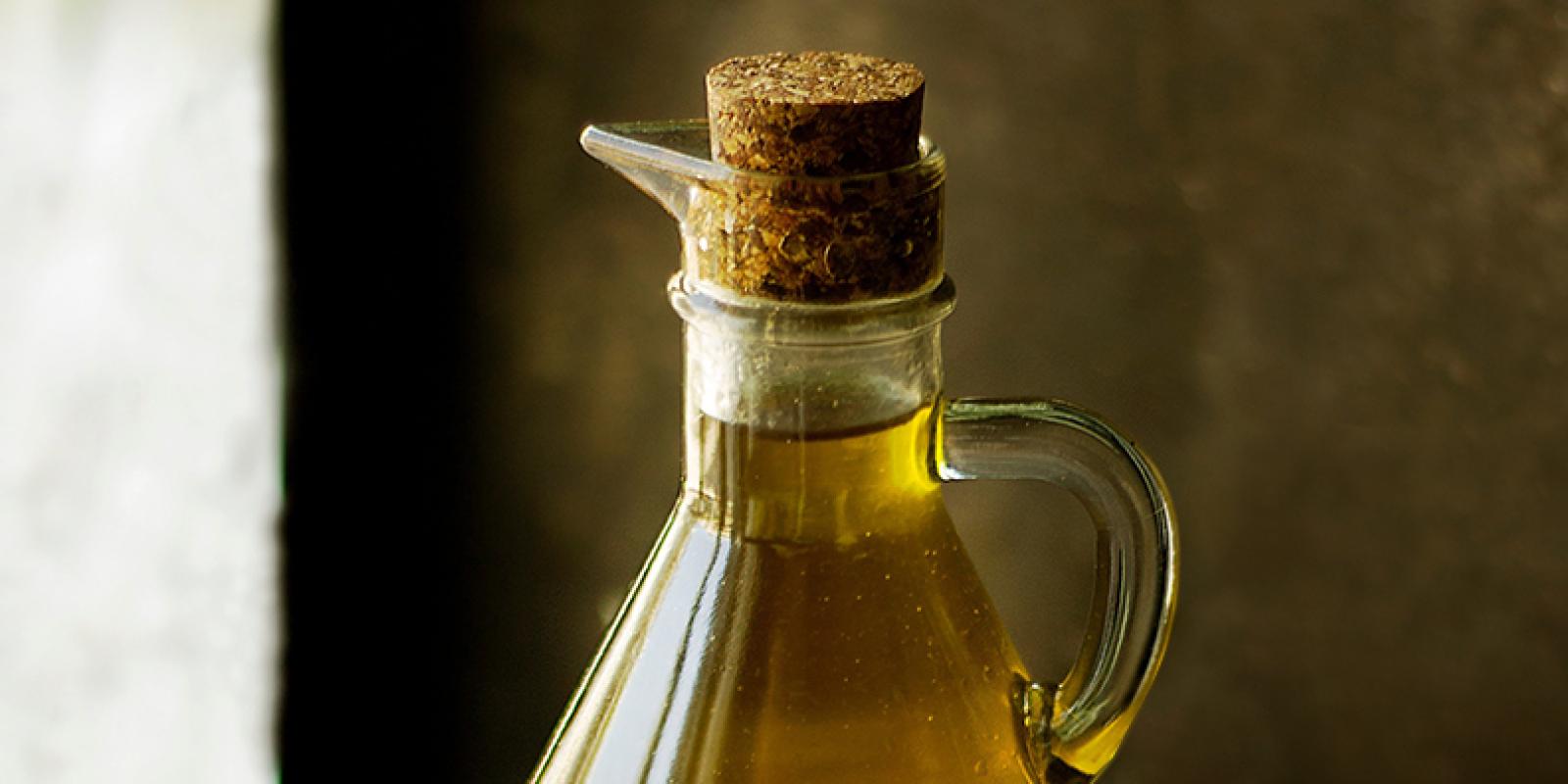We initially started this alternative practice on Ash Wednesday because we were concerned that this was one of the few times most people in our church would be touched directly by a pastoral leader . . . and to make that moment connected to the practice of ashes seemed profoundly unbiblical
Our church made the decision to anoint with oil on Ash Wednesday instead of following the usual practice of the imposition of Ashes. If you are curious about the practice or are considering a revision in the future, here are some of the reasons for our change.
Anointing with oil was a common practice in the ancient near east where our Christian faith was culturally founded. Oil was used in lieu of water in this arid region of the world to provide cleansing, protection for the skin, a hedge against body odor and a visual expression of health and vitality. The oil represented the blessing of harvest (olive oil) in addition to being mixed with herbs and minerals that gave off a pleasant aroma.
We initially started this alternative practice on Ash Wednesday because we were concerned that this was one of the few times most people in our church would be touched directly by a pastoral leader . . . and to make that moment connected to the practice of ashes, which in scripture are self-imposed, seems problematic. In scripture the primarily scene of pastoral touch is connected to the practice of anointing the head with oil. So we decided to switch to using oil instead of ashes and with it brought a huge swell of biblical practice and imagery into our congregation. If it seems strange to totally get rid of the ashes then I would highly recommend offering anointing with oil as a secondary option for your Ash Wednesday service.
Anointing with Oil: Explanation and Practice
This service marks the beginning of the church season called “Lent.” Traditionally, the church has used this time to further reflect on our sin, understand our baptism, and grow in love of our savior, our appropriation of the gospel. Because of our shift from the standard practice of ashes to the use of oil, we’ve called this an “Un-Ash Wednesday Service”.
Anointing with oil is a practice that has fallen out of favor with Protestant Churches after the Reformation. But the practice of anointing with oil has a long Biblical history:
Symbolizes cleansing: Oil was used for cosmetic reasons and was a sign of being clean (Ruth 3:3; Deut 28:40).
Symbolizes healing: People were anointed with oil in the early church as a part of requesting God to bring healing or wholeness to a person’s life. James 5:14 says, “Is anyone among you sick? Let them call the elders of the church to pray over them and anoint them with oil in the name of the Lord.”
Symbolizes being set apart. Prophets (1 King 19:16) and Priests (Exodus 29:7) and Kings (1 Sam 16:1) were anointed for service. Special objects used in worship were anointed with oil, set apart as Holy, for God’s service.
Symbolizes blessing. That’s not a word we use much. But consider Psalm 23: “You prepare a table before me in the presence of my enemies. You anoint my head with oil; my cup overflows.”
Symbolizes the presence of the Holy Spirit: 1 John 2:20 But you have an anointing from the Holy One, and all of you know the truth. Anointing with oil was a common practice in the early church to remind us of our baptism. To remind us of all the gifts of God that are symbolized by baptism. This is particularly appropriate going into Lent as we remember the Promises and Presence of God—even as we reflect on our sin and need for a Savior.
This is not a sacrament. Jesus doesn’t command us to do this. Like foot washing, it is an optional practice for the church, but unfortunately a meaningful practice that has been long neglected. So it is completely optional. Make it clear to those who attend, especially if it’s a relatively new practice that if they are uncomfortable, they don’t need to receive oil. For those who come forward, explain that you will anoint them with the sign of the cross on their forehead and say these words of blessing and promise:
I anoint you, _____________, in the name of the Father, Son and Holy Spirit. The sign of the cross signifies Christ who took up our sins and carried our infirmities. Remember whose you are!


